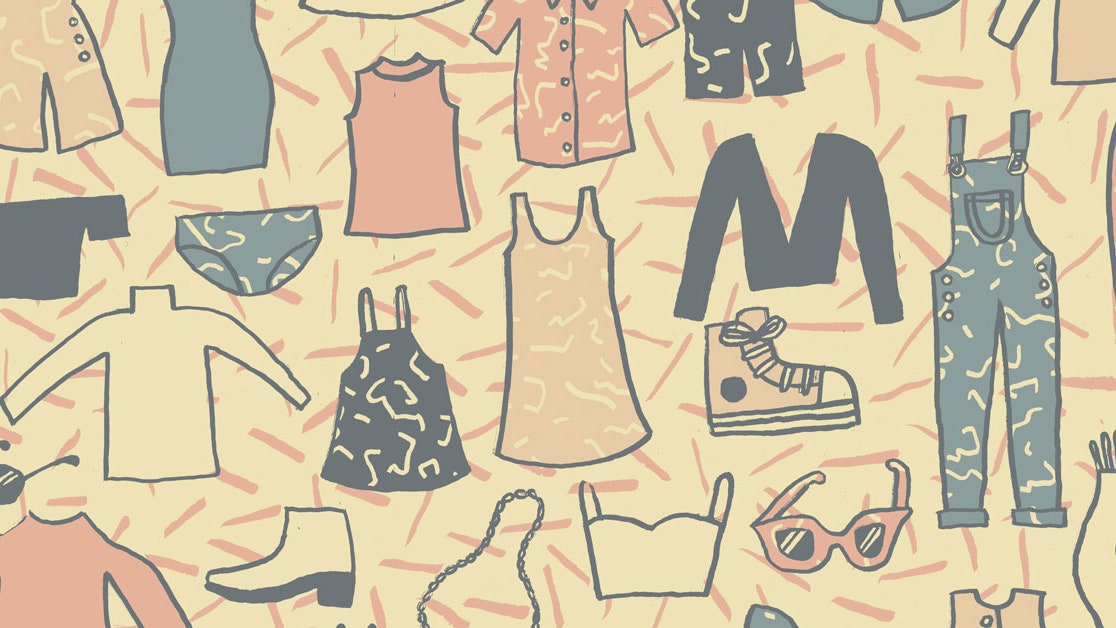Creative Clothes Recycling: Organizing a Fantastic Clothing Swap for Younger Cousins
Swapping clothes among family members, particularly younger cousins, is an innovative, cost-effective, and environmentally friendly way to refresh everyone’s wardrobe. This form of recycling not only brings a sense of newness to your attire but also strengthens family bonds and teaches younger generations valuable lessons in sustainability. This article provides detailed insights into hosting a successful clothing swap event that is not only exciting but also memorable for all cousins involved.
Why a Clothing Swap is Beneficial
Before diving into the nuts and bolts of organizing the swap, let’s explore the benefits of such an event. Understandably, clothing swaps help to save money, which is often a crucial concern for growing families. The fact that children and teenagers quickly outgrow their clothes means parents would need to continually invest in new garments to keep up with their growth spurts. A swap meet offers an affordable alternative.
Moreover, this practice promotes an eco-friendly lifestyle. The fashion industry is known for its hefty carbon footprint; by exchanging clothes instead of buying new ones, you are helping to reduce waste and the environmental impact of clothing production. Plus, your younger cousins will learn to appreciate the value of resources and develop a responsible mindset towards consumerism.
Planning a Clothing Swap
The first step towards a fruitful clothing swap is planning. The key is to create an event that is fun, well-organized, and tailored to the participants’ needs. Below are some tips to help you get started:
Communicate with Family Members: Start a conversation with other parents to gauge interest in the idea. Once everyone is on board, you can begin planning the specifics.
Set a Date and Venue: Choose a date that works best for the majority of the family, ideally during weekends or school holidays. Then, pick a suitable venue with enough space to display clothes and allow for some fitting room if possible. A spacious living room, basement, or community center can serve as an excellent location.
Sort Out the Logistics: Determine the age range and clothing sizes of all participating cousins to ensure there’s something for everyone. You’ll also want to specify what type of clothing items are welcome. Remember, the aim is to swap good quality, gently worn pieces, not to dispose of unwanted, tattered garments.
Before the Swap: Gathering and Organizing Clothes
Clear instructions should be given on how to prepare clothes for the swap. Encourage families to bring items that are clean, in good condition, and folded neatly. Here’s how you can manage the contributions:
Pre-Swap Sorting: Suggest that participants sort clothes by size and type before the event. They can label the items with tags or separate them into boxes or bags to make the setup process smoother on the day of the swap.
Setting Up: On the day of the swap, organize clothes in a way that makes it easy for the cousins to browse. You could categorize the items by size, type (shirts, pants, dresses, etc.), or even by season.
During the Swap: Rules and Fun
A few guidelines will help maintain order and fairness during the clothing exchange. Decide how you’ll keep track of who brings what and how items will be “purchased.” One popular method is to use a token system, where each item corresponds to a certain number of tokens based on its value. The tokens are then used to “buy” new-to-you clothes.
Entertainment: To make the event enjoyable, add elements of fun. Music, refreshments, and even a mini fashion show can transform the clothing swap into a festive family gathering. Ensure there’s space for cousins to try on clothes and show off their finds to each other.
Swap Etiquette: Encourage the kids to be polite and considerate. They should understand that it’s important to share and make fair trades. No one should hoard items or create a sense of competition. It’s all about having a good time and helping each other out.
Post-Swap: Handling Leftover Items
Chances are, there will be clothes left over once everyone has made their picks. You can arrange for the remaining items to be donated to a local charity or shelter. This step contributes to the broader community and underlines the message of giving and thoughtfulness.
Extending the Life of Clothes Beyond the Swap
A clothing swap is an instance in which one person’s outgrown garment becomes another’s new favorite. But the lifecycle of these clothes doesn’t have to end there. Encourage the kids to take care of their “new” items and relay the spirit of the swap down the line as they outgrow them.
Repurposing: Some clothes may not find a new owner during the swap. Instead of discarding them, explore creative ways to repurpose or upcycle. A pair of old jeans could become a trendy denim bag, or a t-shirt might transform into a cushion cover. These projects could be a fun follow-up activity for the cousins to do together.
Educational Aspect: Use this opportunity to educate younger family members about the benefits of reducing consumption and reusing items. Discuss the impact of fast fashion on the environment and how their actions make a difference.
Final Thoughts
Organizing a clothing swap for your younger cousins is more than just a practical way to deal with outgrown clothes. It’s an opportunity to foster family relationships, teach valuable life lessons, and have a great time. It shows that being resourceful can also mean being fashionable, and that giving things a second life can be both fun and rewarding.
To recap, a successful clothing swap requires good planning, cooperation, and a touch of creativity. By taking these steps, you are setting the stage for a memorable event that could become a cherished family tradition. Above all, you are instilling a sense of community and sustainability in the next generation, and these are lessons that will serve them well for years to come.
